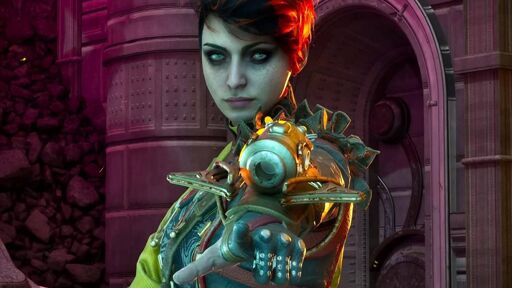Once upon a time, in a game called Baldur’s Gate 2, there was a girl named Aerie. Aerie was a formerly-winged elf who worked in a circus and had a great deal of personal trauma, which she worked out over the course of an extended courtship with you, the male player character. At some point, she would get pregnant, and the resulting child—named, in the blunt language of early CRPGs, “Aerie’s Baby”—would hold eternal tenure in your already-limited inventory, in a space you might otherwise put a bundle of arrows or a longsword.
This is a sequence of events which I now regard as having ruined all of videogames.
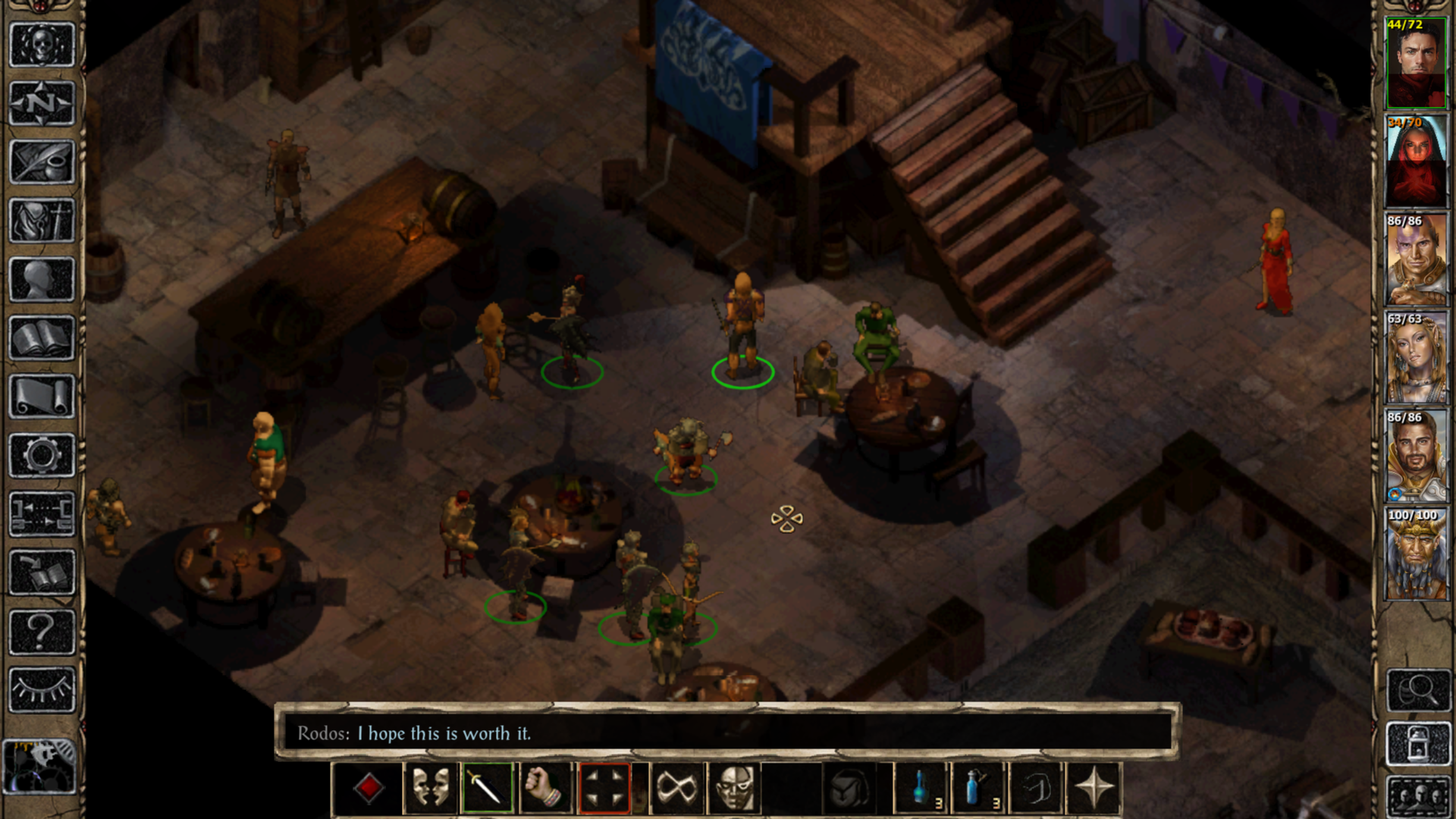
(Image credit: BioWare)
To be fair to poor, pinioned Aerie, she was not the only option in the game’s ragbag of sweethearts, but she is the one that sticks in my memory, mostly because of the storage baby. But the shape of BG2’s romances is the shape of so many RPG romances since. Swap out Aerie for Liara, Viconia for Lae’zel, Anomen for Alistair—decades later and we’re still wooing the same hotties by different names. It does not work for me.
The thing about relationships is they occur between two people (perhaps more, if you’re radical or French), not one fully realised character and their beloved blank slate. For as much as I try to roleplay a certain vision of my avatars in games like Baldur’s Gate (2 and 3), Mass Effect, Pathfinder or, hell, even Stardew Valley, they have fundamentally fewer dimensions than their romantic counterparts.
Shadowheart is a well-rounded person with history, preferences, and traumas. My player character is a level 9 Monk who hits things really hard and picks the nice dialogue options, which is not a personality. Perhaps the failure here is in my imagination, but while I am invested in Shadowheart’s arc, I’m not invested in the alchemy that takes place between her and my cut-out of a protagonist. It will never feel like much more than making my dolls kiss.
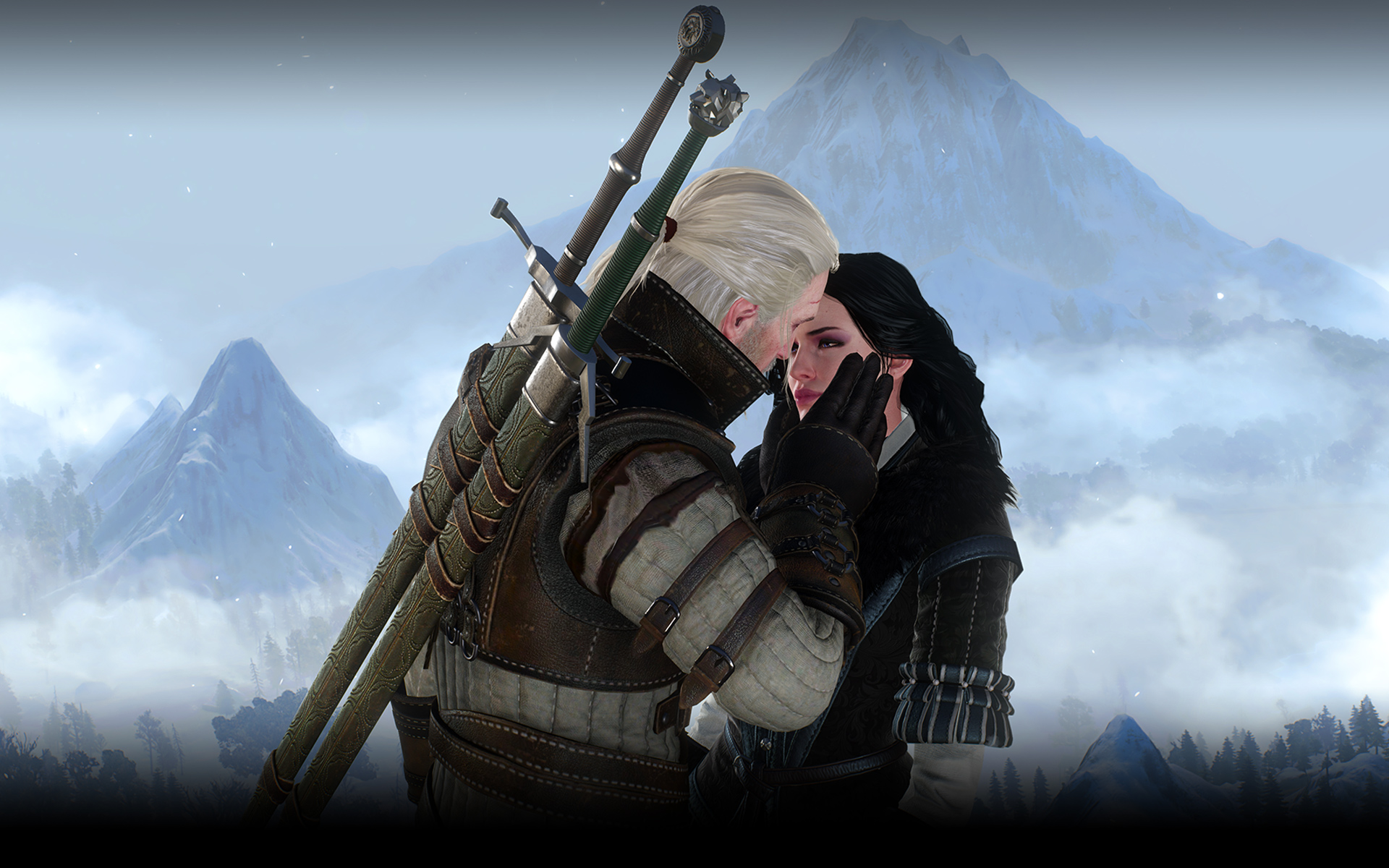
(Image credit: CD Projekt Red)
Some RPGs do pull this off, sure: I genuinely cared about Geralt’s relationship with Yennefer, for instance, and that’s because both Geralt and Yennefer felt like individuals with flaws and quirks fencing in my roleplay options. You can’t do the same thing when you allow the range of main character personalities in your usual BioWare-style RPG—what, of interest, can be produced between two people when one of them could exist anywhere on the moral spectrum from Albert Schweitzer to Albert Fish?
Obsidianhasalways understood this, I think, and it’s why—for as much as I’ve felt its most recent RPG output has been solidly ‘pretty alright’—I will always defend its choice not to invest writers’ time in shoehorning in romances that would only be there because they’re expected. When it introduced your companions for The Outer Worlds 2 in pre-release marketing, it pointedly affirmed that you could not sleep with them.
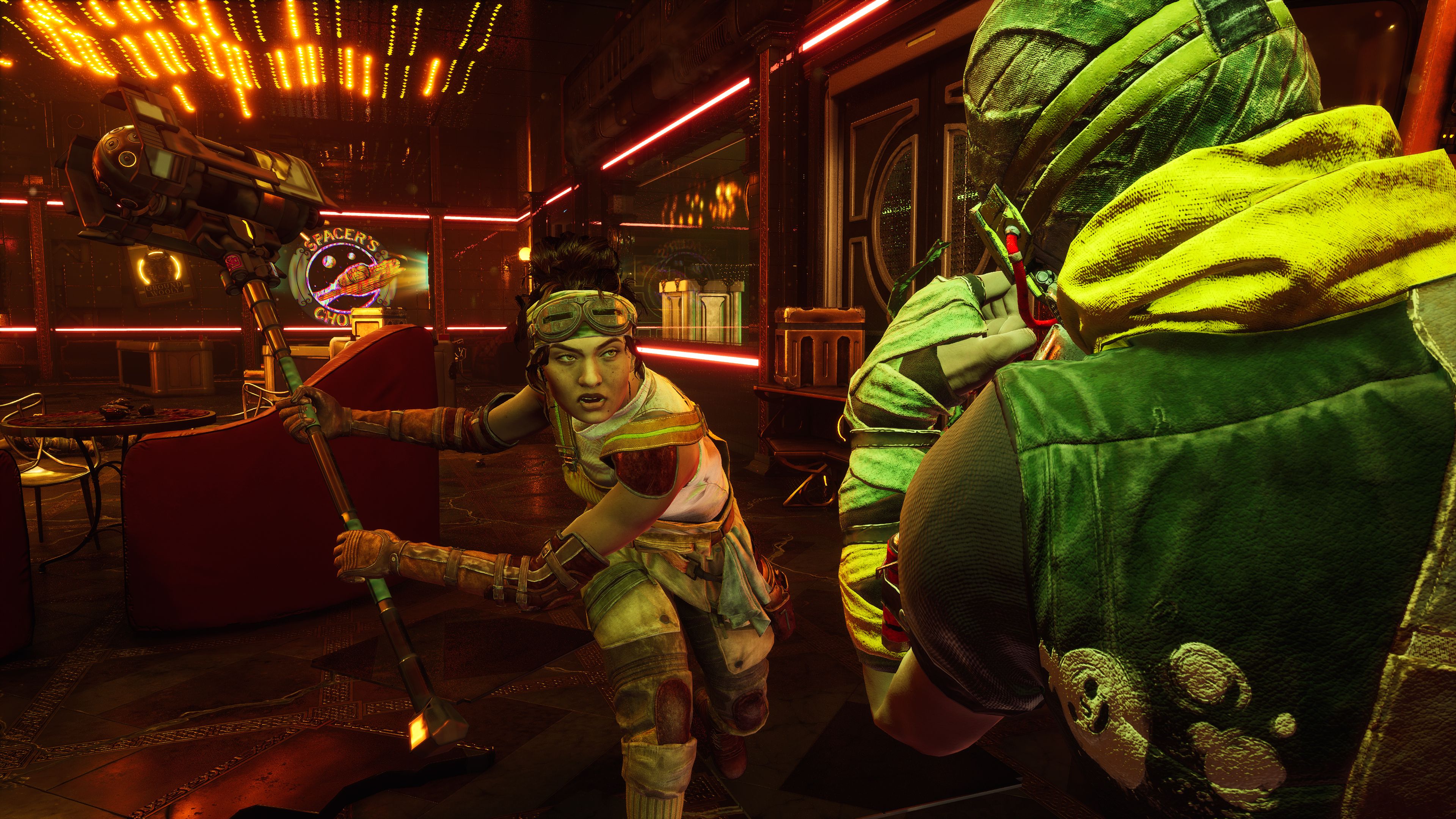
(Image credit: Obsidian)
Romantic elements of Obsidian’s games often occur between other characters, rather than between protagonist and party members: Christine and Veronica in New Vegas, or Parvati and Junlei in the first Outer Worlds. When they do occur between the player and an NPC, they’re some flavour of all-screwed-up (KOTOR 2’s Exile and… everyone). The rare times the studio has taken stabs at traditional CRPG-style romances, as in Deadfire, they’ve been, well, kind of unmemorable.
So perhaps what I want is not necessarily less romance in my blank-slate RPGs, but more romance between characters that are actually fully fledged. More romances between my party members for me to spectate and less between my party and their glorified blow up doll of a leader.
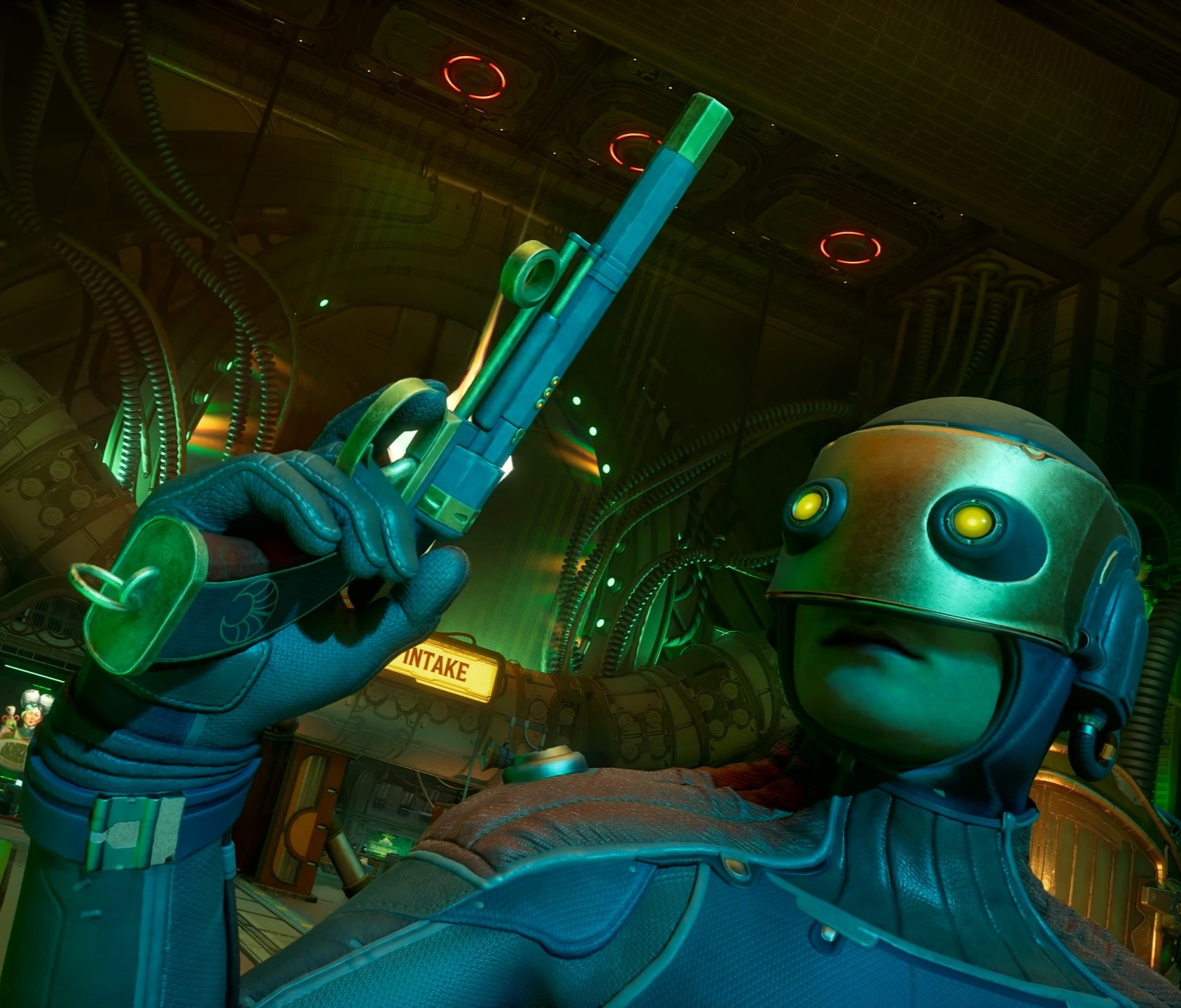
Outer Worlds 2 companions: Every crew memberOuter Worlds 2 best weapons: Grab these gunsOuter Worlds 2 best armor: Turtle upOuter Worlds 2 lockbox locations: Unique gearOuter Worlds 2 Advanced Decryption Keys: Open up
From PCGamer latest via this RSS feed


